FIGHTING AGAINST THE TIDE
How Leah Hill is combating sea-level rise.
Leah Hill stands between a rock and a watery place. As Nantucket’s coastal resilience coordinator, the 36-year-old faces the herculean task of preparing the island for the inevitable onslaught of sea-level rise. Charged with implementing the Coastal Resilience Plan adopted by the Select Board last year, Hill needs to figure out how to pay for $900 million in proposed projects over the next 10 to 15 years. While that price tag might seem steep, the cost of failure is much, much higher.
Prior to being appointed to her post five months ago, Hill spent nine years serving as assistant biologist for Nantucket’s Natural Resources Department. With a degree in marine biology from Eckerd College in St. Petersburg, Florida, and a master’s in fisheries and aquatic sciences from the University of Florida, she earned her real education as it relates to Nantucket’s waters on the job by diving to restore eel bed habitats and dredging scallops to help revive the island’s marquee shellfish population.
“My background in ecological restoration has led me to this position because a lot of the projects within the town’s Coastal Resilience Plan are nature-based, or a hybrid of structural and natural,” Hill explains. “So I am still able to bring my former experience and put a twist on it in my new position.”

Nantucket is ground zero for sea-level rise. One only needs to drive up Easy Street during a storm when cars are often replaced by canoes in the flood waters to be made viscerally aware of what the future might eventually look like every day on Nantucket. This is no longer a matter of opinion, but a matter of fact. Since 1965, the National Oceanic and Atmospheric Administration (NOAA) has been tracking tides and collecting sea-level rise data from a gauge located adjacent to the Steamship Authority dock—and the numbers are staggering. According to extrapolated data, the waters around Nantucket have risen by 1.3 feet in the last century, but eight of those inches have come since NOAA began tracking in 1965.
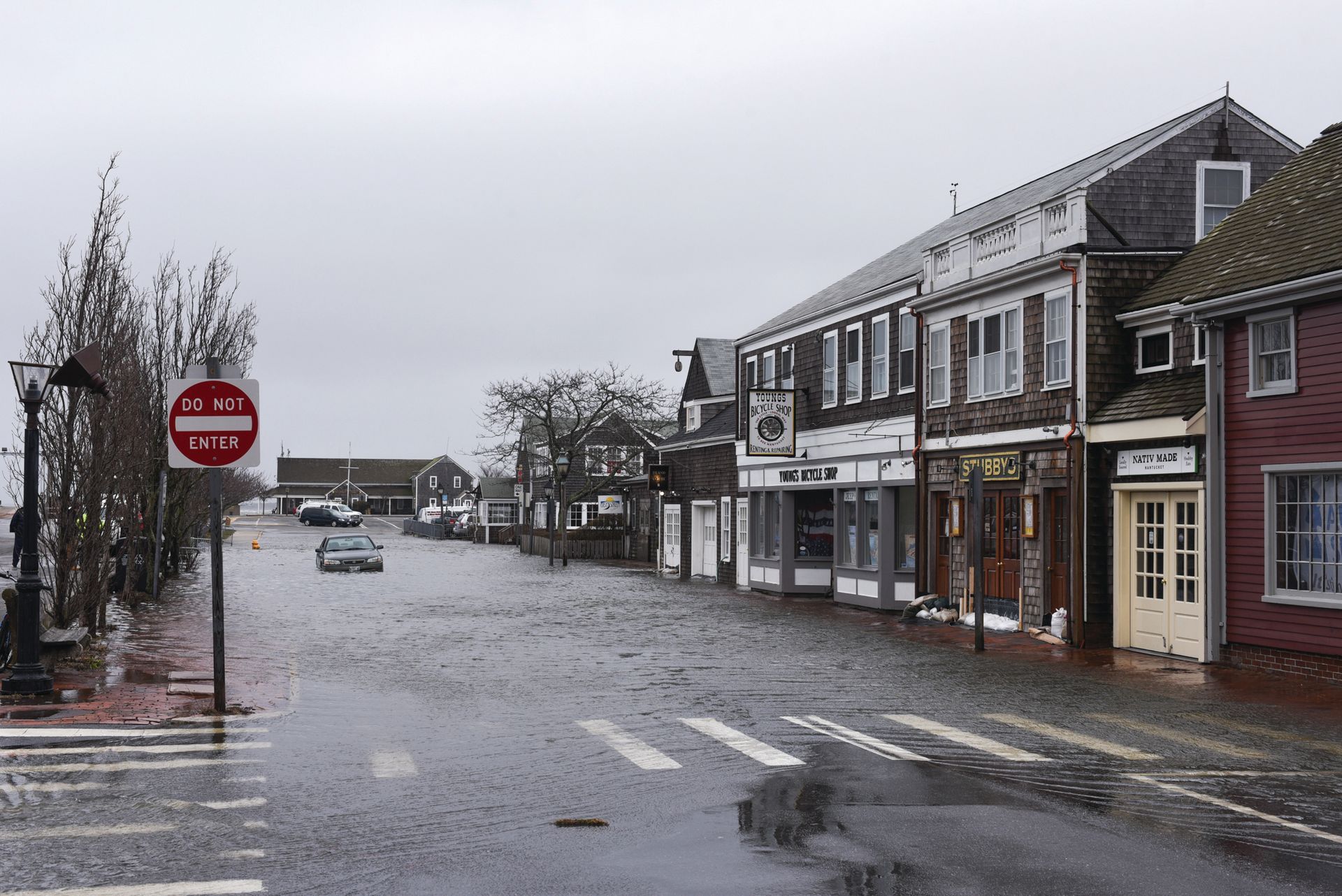
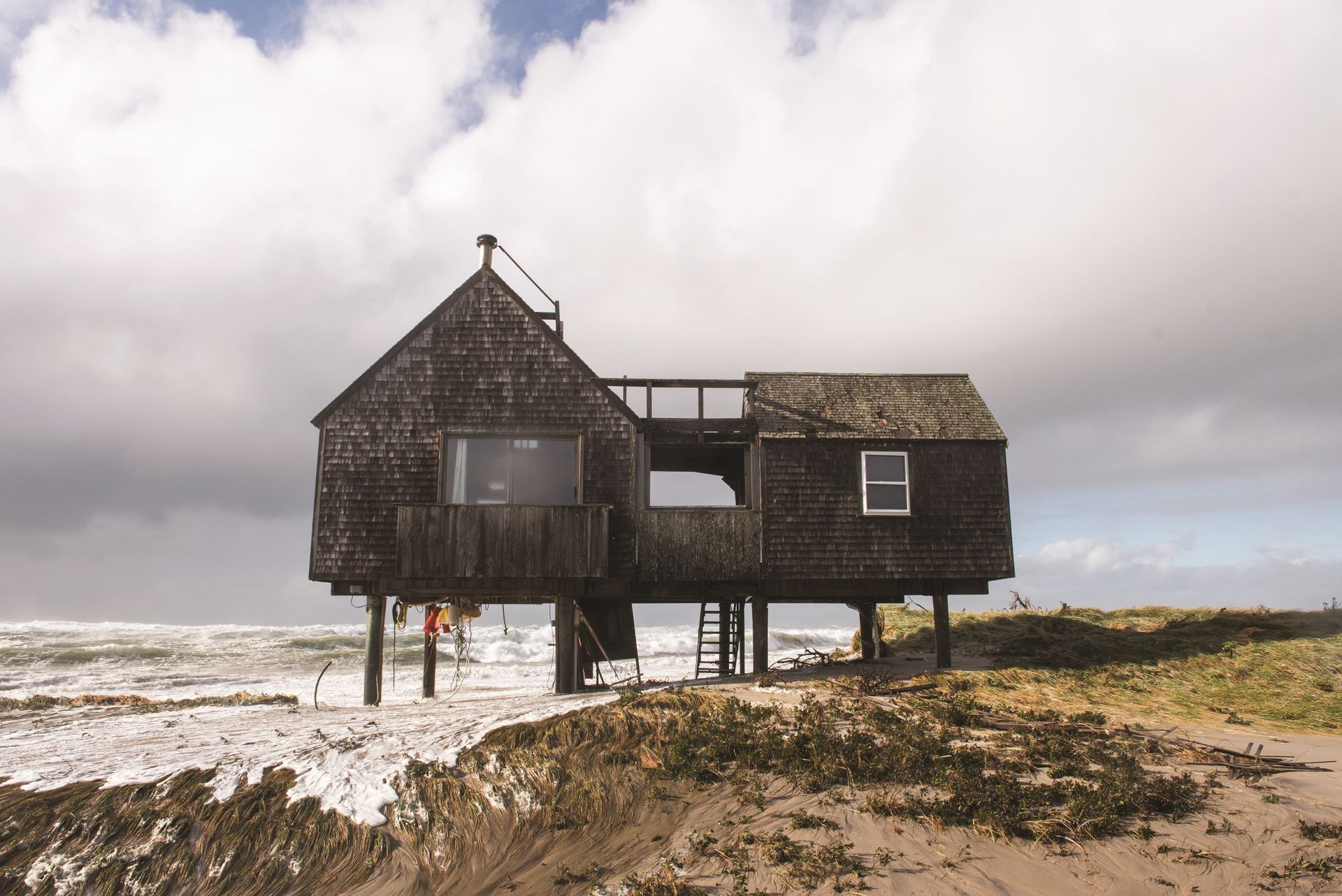
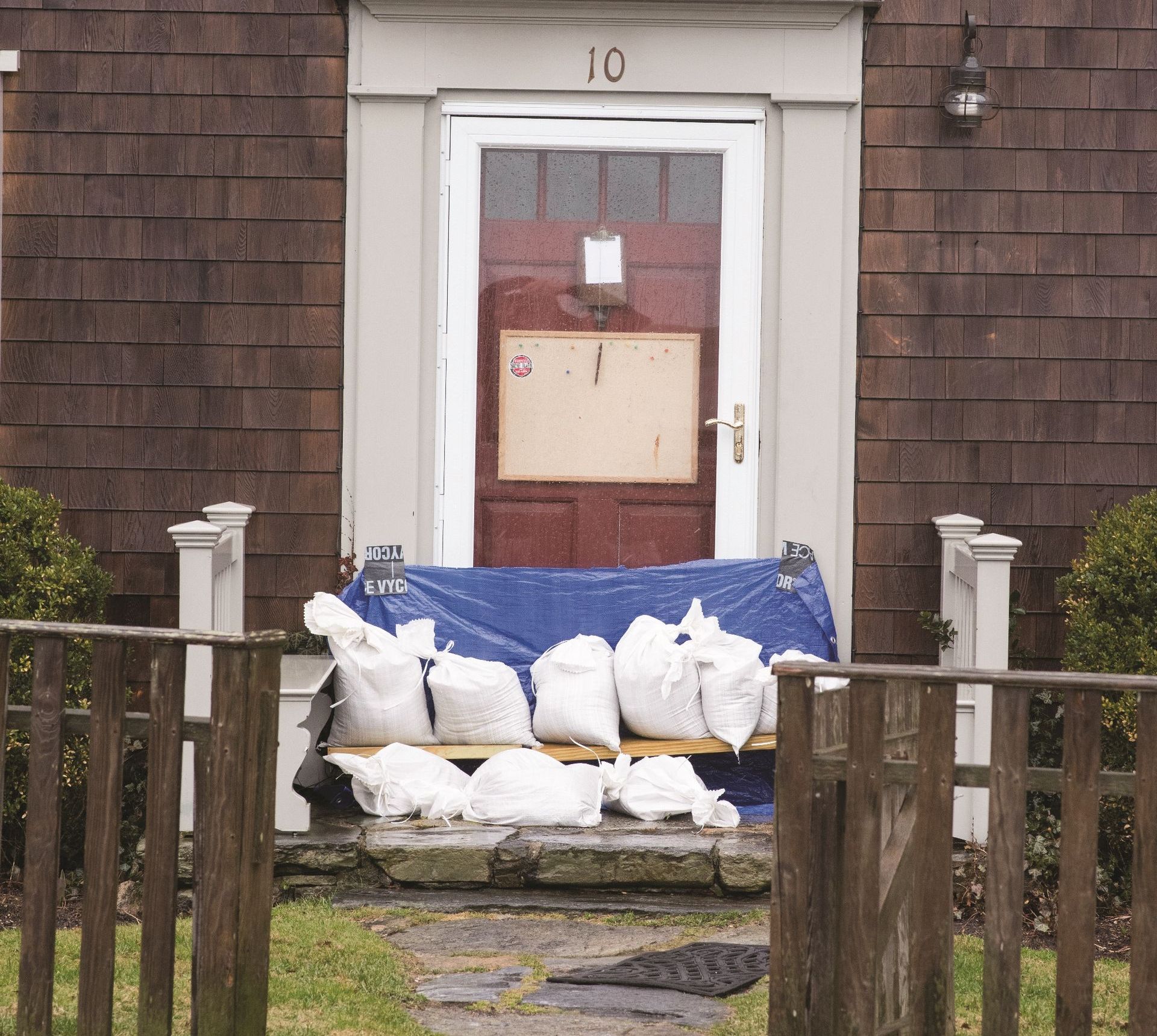
“We are experiencing sea-level rise at a higher rate than other areas,” Hill explains. “By 2100, it is projected that Nantucket will have 6.6 feet of sea-level rise. By 2030, or in seven years, we could lose service to the Steamship wharf at mean monthly high water. By 2070, thirty miles of our roads will be covered in six inches of flood water during regular high tides. The flooding we see today on the island will be the high tides of tomorrow.”
Along with flooding, Hill says that erosion, particularly on the South Shore, will increase, as will groundwater, which could turn dry areas into wetlands. Erosion along many of our coastlines has already proven cataclysmic. For instance, the town’s sewer plant located between Miacomet and Surfside beaches has seen 47 feet of beachfront devoured by the ocean in just two years. Arguably the most vulnerable waterfront area stretches from Washington Street to Jetties Beach. When the road to the Steamship Authority dock gets cut off during high tides—an eventuality predicted for 2050—the island’s crucial lifeline will also be severed.
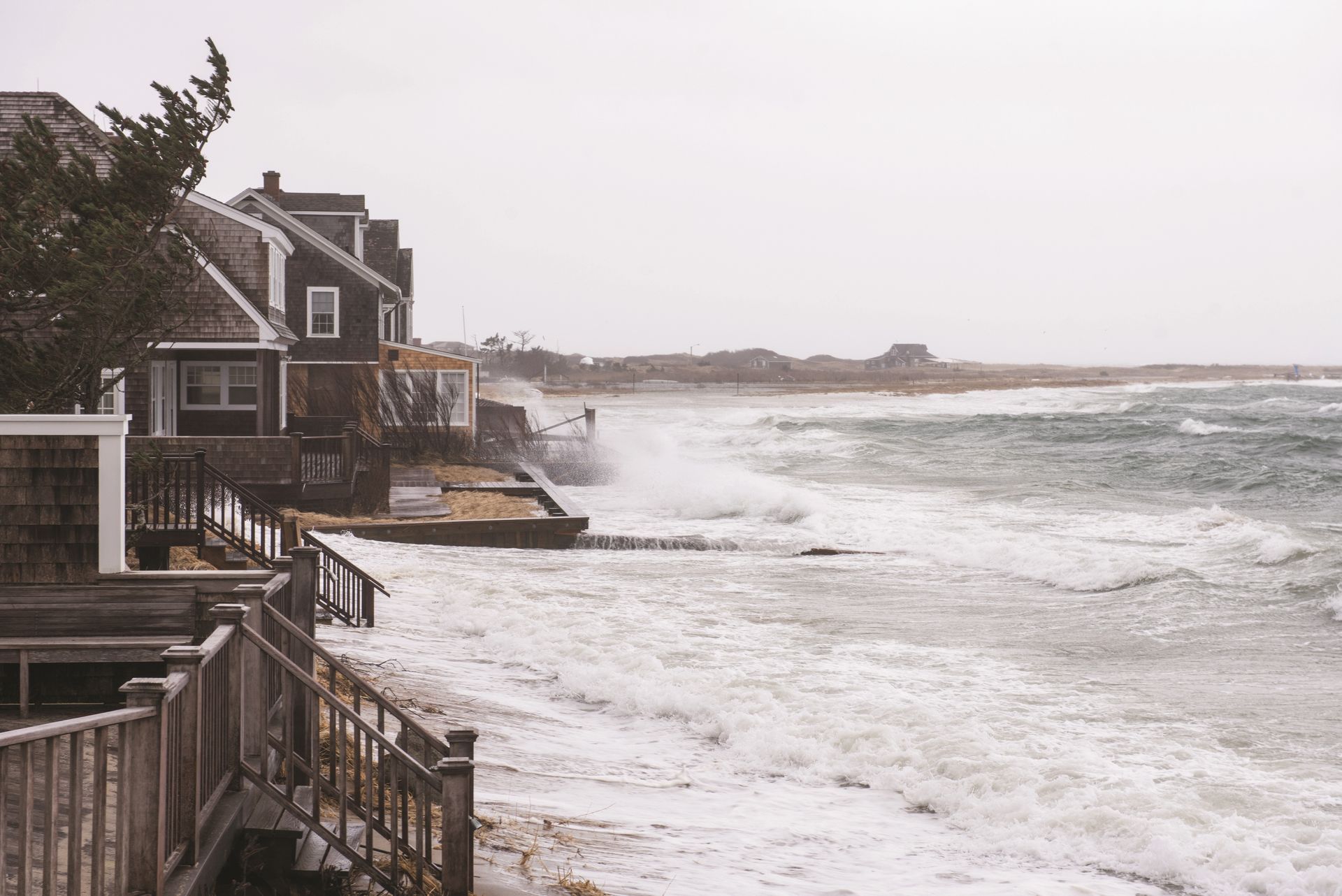
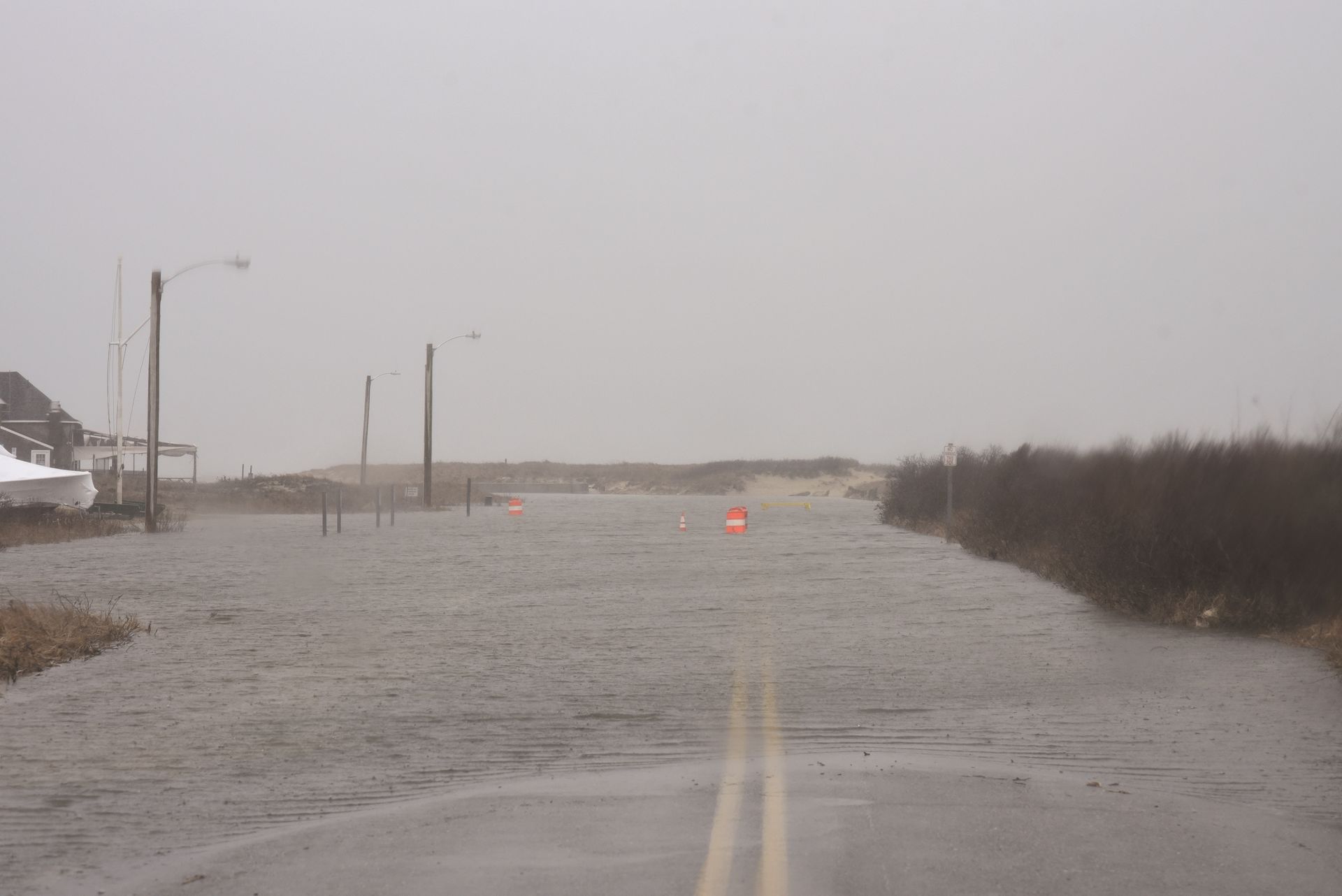
Addressing these threats, the Coastal Resilience Plan consists of 40 projects that run the gamut from updating town policies to plotting major relocations. One approach consists of the “nature-based” solutions Hill mentions. For instance, she is working on a project to create a “near-shore oyster reef” in Sesachacha Pond that will help buffer Polpis Road from the ocean. “One of the [future] projects is the Downtown Neighborhood Flood Barrier that recommends a mixture of raised roads such as Easy Street, raised bulkheads and nature-based solutions from basically Children’s Beach to the Town Pier,” Hill explains. “Another project is to create a reinforced dune system in front of the sewer plant, the airport and in some areas on Coatue.” A more complicated proposal is to craft a retreat and relocation plan for structures to move inland as the water rises.
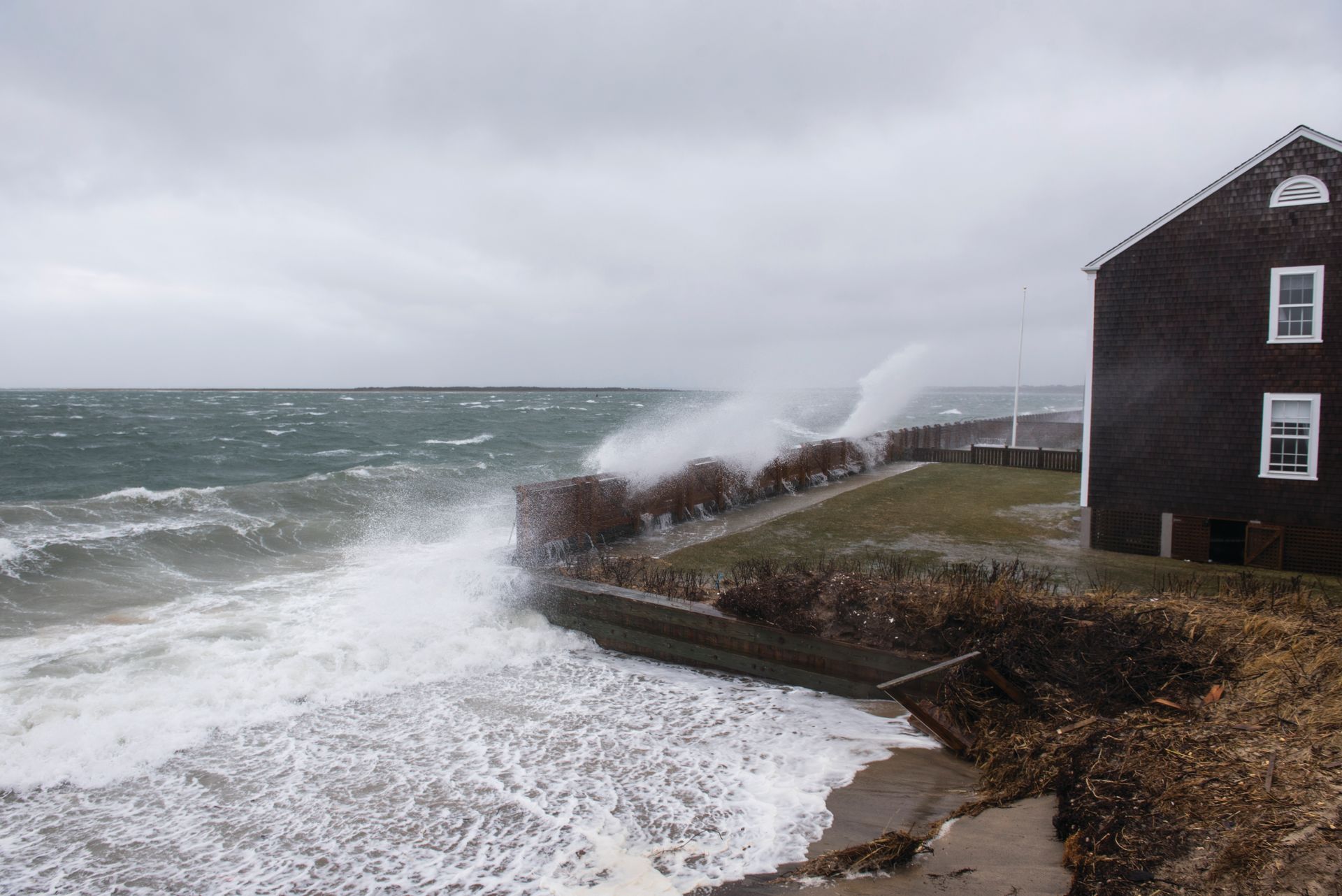
Although the town allocates a million dollars a year to coastal resiliency, it’s a drop in the bucket when the proposed projects cost upward of $170 million. As a result, Hill spends much of her time hunting down and applying for highly competitive state and federal grants. “We really can’t wait years to fund these projects because the water is coming whether we are ready for it or not,” she insists. “We need to get creative and develop a self-sustaining funding source here on the island for the implementation and maintenance of these projects.”
While the $900 million price tag for the proposed projects might be hard to swallow, it pales in comparison to the projected losses due to sea-level rise. Downtown Nantucket alone could suffer nearly $3 billion in devastation, a figure that Hill indicates does not reflect the cost of personal property that might also perish. More existentially, Nantucket as we know it today weighs in the balance. “People can feel hopeless and helpless when they learn about the projections of sea-level rise, flooding and erosion, but I see it as an opportunity to do what Nantucketers have always done: Be resilient and adaptable,” she says. “I may be an optimist, but I am hopeful that we can keep the culture and essence of Nantucket while adapting to rising seas and more frequent storm events.”

Latest Stories






